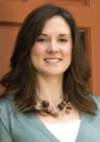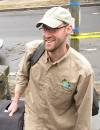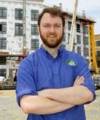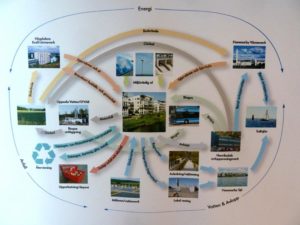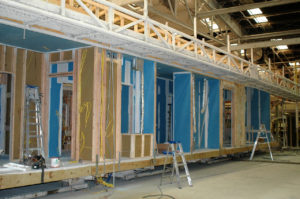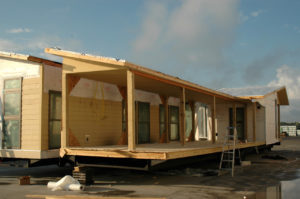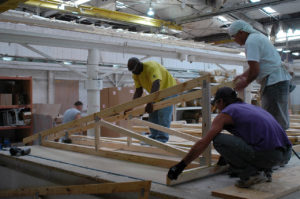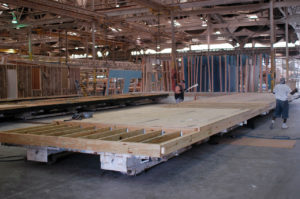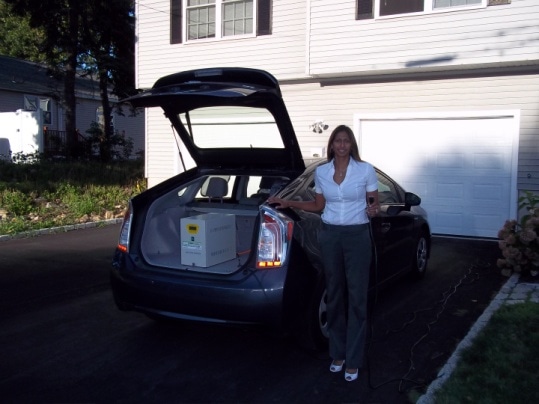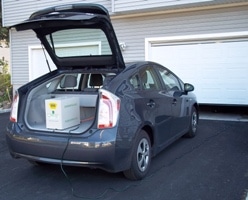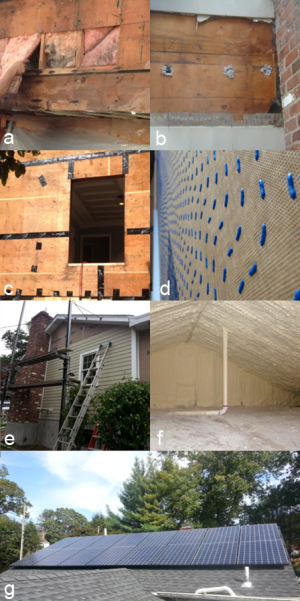- February 23, 2015
- 0 Comments
- In Miscellaneous
- By Heather Breslin
 Boston has been making national headlines a lot this winter, mainly due to the #snowpocalypse that they’ve been enduring.
Boston has been making national headlines a lot this winter, mainly due to the #snowpocalypse that they’ve been enduring.
Never fear, the first sign of spring is about to appear in Beantown! NESEA’s Building Energy Conference is just around the corner on March 3-5, bringing experts from around the country to share their knowledge about new trends and innovative solutions within the realm of building science and renewable energy.
We’re sure it will rejuvenate and reinvigorate Bostonians and all Northeasterners alike. Note: Northeasterners like the people, not northeasters like the storm, just to be clear.
As with most of the Building Energy Conferences, there will be many speakers from SWA there to lead workshops and sessions about improving the efficiency of buildings and their systems (You can read more about that here). Today though, we want to talk about the other presenters and topics that we’re excited to see!
Here are a few of our recommendations that we can’t wait to check out:
- We have been preaching about addressing building resiliency and energy efficiency, want to hear it from another trusted voice? Attend Alex Wilson’s session Putting Attention Where it is Needed Most – Building Resiliency In Multifamily Affordable Housing. March 4, 11am – 12:30 pm
- Codes are raising the bar, owners are seeing the benefits of building more efficient housing and more owners are addressing energy use at the time of capital upgrades and refi, all great news. The next wave we will see is the increase in multifamily Passive House construction and renovation using techniques where possible. Want to know how to incorporate passive house to your next project, you can talk to SWA’s Lois Arena, and you can also hear it from Katrin Klingenberg at her session The Building Science of multifamily Passive House. March 4, 4pm – 5:30 pm
- Water makes up a sizable portion of utility bills, we recommend attending Reinventing the Water Grid Part 1: Science, Behavior and Dollars. Water reduction strategies and monitoring can save money and reduce operations and maintenance costs through leak detection. We will be attending this session to reinforce what we are recommending and to see if there are new applicable techniques or recommendations we can incorporate into our projects. March 5, 10:30am – 12pm
To attend Building Energy 2015 in Boston, register here. We look forward to seeing everyone there!

